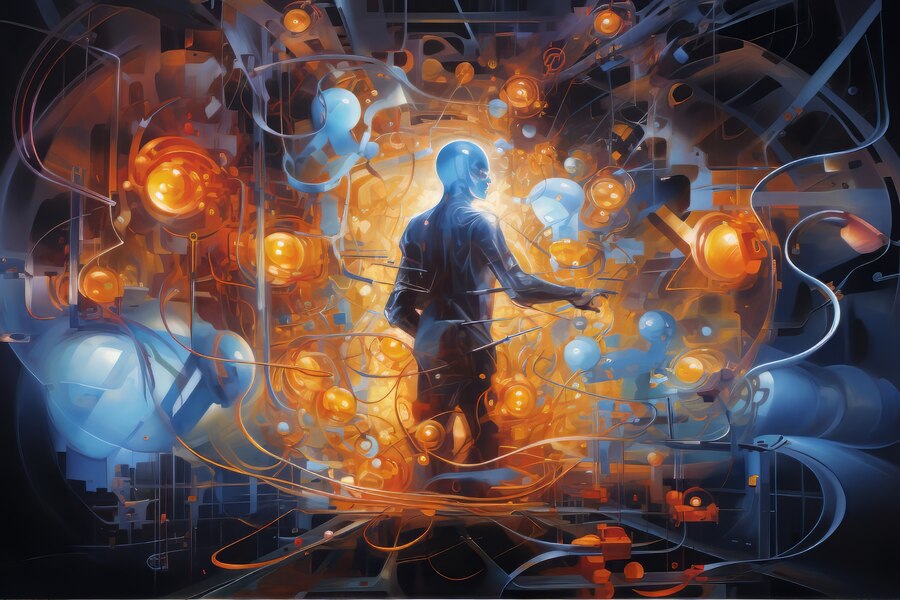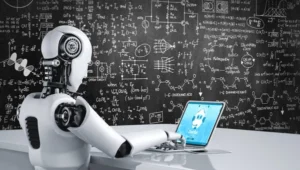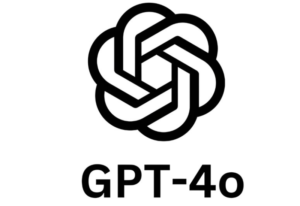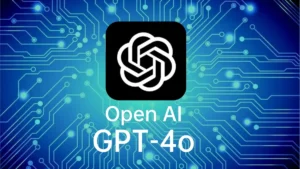The 2025 Frontier of Neural Networks and Mathematical Innovations
How we interpret complex data and predict the future of artificial intelligence is, at least in part, due to neural networks. But within a decade, these networks had grown far, incorporating many mathematical advances, all of which redefine what can physically be. These are advances tech enthusiasts, data scientists and AI developers should know about so they can fully tap into their potential. In this article, you will see how neural networks and mathematical innovations in 2025 have shaped the world of AI.

Tracing the Journey of Neural Networks
Since its inception in the mid-20th century neural networks have come a long way. They mimic neural circuits inspired by the human brain, in processing information. Early capabilities were limited, firstly by computational constraints, and secondly by rudimentary algorithms.
Up until the 2010s, the only way neural networks progressed was by merging themselves into the deep learning methods, becoming more and more complex and distributed as a natural process.
The 2020s were when these networks were crucial to developing AI in many of the same fields. They enabled image recognition, enabled natural language processing, and are the backbone of progress in technology.
By 2025 we’re much further forward, neural networks are more sophisticated than ever, driven by increasingly sophisticated mathematical frameworks to improve their learning powers.
Mathematical Innovations Steering Neural Networks
The 2025 neural network evolution is built from mathematical innovations. They are more accurate, efficient, and scalable, and the networks are able to solve problems it has never been able to do before.
Let us say that a more advanced algorithm can do error saving by cutting down too much on the computational time for instance speeding up the data processing.
This is a genuinely exciting innovation because algebraic topology provides new insight into the shape of the data. That’s because neural networks are better at realizing patterns. Similarly, the developments in tensor calculus for working with multi-dimensional data have also made networks more adept at them.
And what’s become of the synergy between neural networks, and mathematics has also given birth to more specialized AI tools. Let’s take an example, AI helpers help solve complex problems so that cutting-edge technology becomes possible for a broader set of industries.
Real-World Applications of Advanced Neural Networks

However, the effects of these innovations can be seen throughout many different industries. Neural networks in healthcare use massive data to predict disease outbreaks and more generally make huge strides in preventive care. This is because they can process intricate patterns that assist in early diagnosis saving many lives.
In finance, neural networks are used to optimize trading strategies, to do this, they analyze market trends in real time. Such capability enables fast decision-making and reduces risks as well as improves profitability. These networks also help the retail sector through the use of AI-driven algorithms to improve inventory management and individual messaging.
Education also changes, as AI-powered tools like the AI math problem solver democratize learning. By providing instant solutions and step-by-step explanations, these apps empower students to grasp complex concepts with ease. AI solver tools are also improving accessibility for students with learning disabilities, paving the way for inclusive education.
Peering Beyond 2025: The Future of Neural Networks
Big milestone for neural networks in 2025 — tons more promise to come. Others predict these networks will get more and more autonomous, as mathematical innovations mature. We now have a development window when self-learning systems that require low human intervention capability might become a reality, offering more agile and more efficient AI solutions.
So, we could also create a toolbox of quantum computing and neural network integration as one of the other exciting possibilities. That means our processing speeds could exponentially increase at least three magnitudes more. Which would just make it easier for biology to run a perpetual motion machine and handle complex datasets.
The potential for synergy unlocks new realms for AI application: This would be climate modeling if we can, and drug discovery if we can’t.
However, the ethics of AI development still matters. The crucial thing is to have these designed fairly through transparency and accountability. In that new era, we will have learned to find the right balance between innovation and responsibility with the neural networks and this is what will determine the direction of neural networks.
Conclusion
Finally, we see the maturity of the mathematical innovations that govern the evolution of neural networks in 2025. Which leads to a profound effect on the technology of AI. With these advancements, neural networks can get better at their jobs across all industries. This Keeping Informed About AI Developments For the sake of tech enthusiasts, data scientists, and AI developers it is very important to know all the developments in the world of AI.




